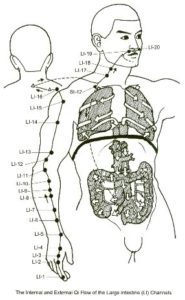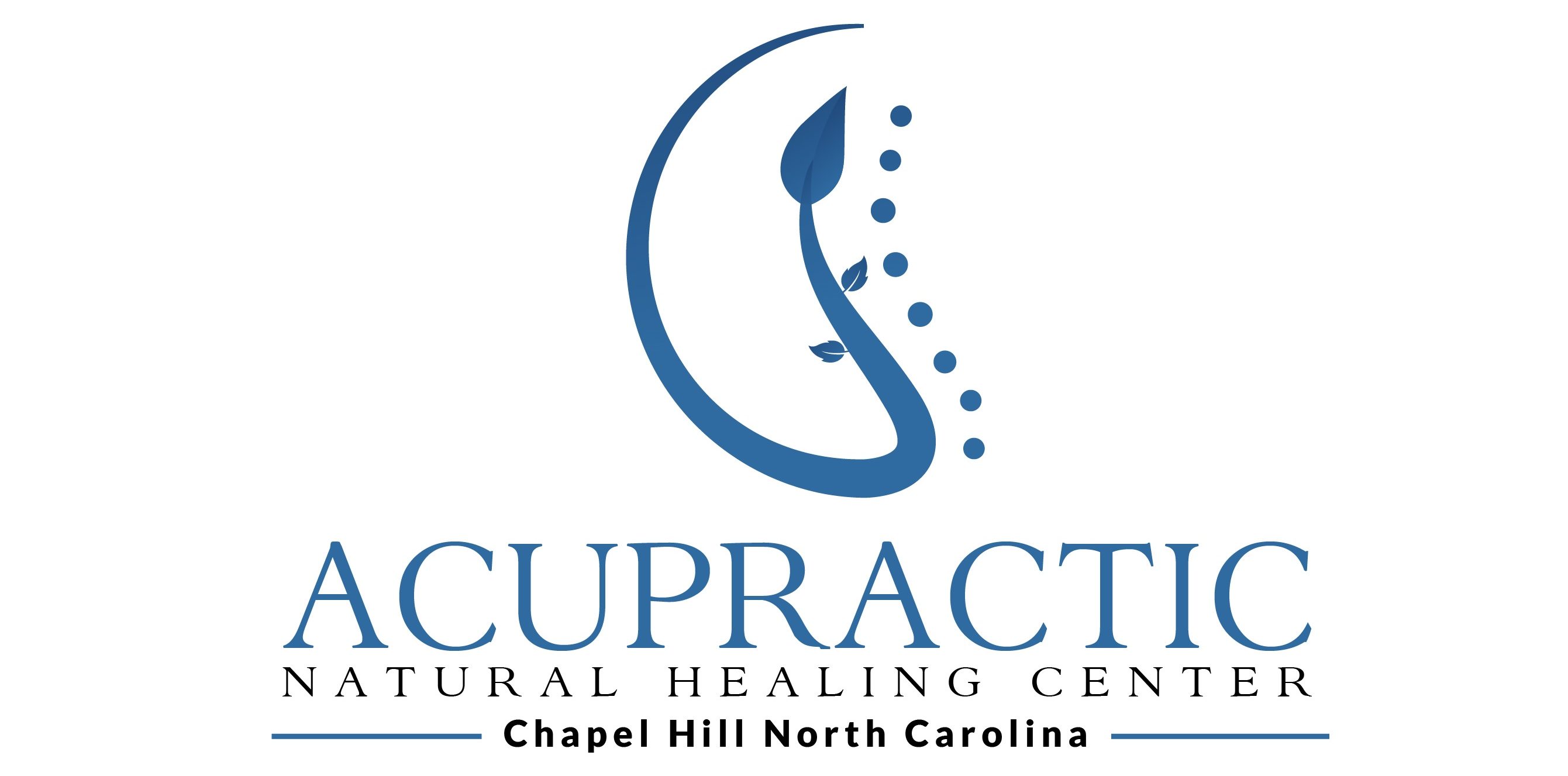Musculoskeletal Pain Doctor Chapel Hill, NC
Qigong is an ancient Chinese exercise shown to unblock energy flow and improve healing response in many ways. When used on the metal channel, which relates to the lung and large intestine as well as the arms, shoulders, and neck, qigong benefits these connected regions in a stimulating manner. This easy to do exercise is something each of us can do daily to support organ and muscle health. Dr. Lisa Oskardmay demonstrates this activity in the office and on her youtube channel so that patients can learn and refresh their understanding anytime.
To perform lung qigong, stand in a relaxed posture with feet parallel and legs slightly bent at the knees to allow energy flow. Connect abdominal breathing with arm motions. Abdominal breathing refers to relaxed inspiration and exhalation wherein the abdomen enlarges with inspiration to engage the belly muscles and draw the diaphragm down and pull air into the lungs; the shoulders relax. Exhalation via abdominal breathing sees the belly muscles flatten as the stomach draws in, and the breath exhales from the lungs, and the diaphragm rises. It may help to think about the belly as a bellows, drawing air in as it enlarges and pushing air out as it flattens.
Lung qigong arm motions start with hands comfortably in front of the body, umbilicus height, palms down. On the inhalation, allow the hands to rise a few inches, and the chest expands as the shoulders open, and the head slightly extends. Breathe in fully and rest for a moment. On exhalation, allow the hands to follow the same trajectory, returning to the front region in front of the body, palms down. Allow each motion to occur fluidly as if in a dance to relax the mind. Use this motion three times or more.

Another way to use lung qigong breathing stems from the musculoskeletal trajectory of the lung-large intestine channel. Channels go from thumb and forefingers along the ulnar (thumb) side of the forearm. They pass anterior shoulder to the lateral clavicle, through the neck, and cross to the opposite of the nose. Start with feet-legs as before, and with the palms comfortably in front of the body, with thumbs touching thumb, forefingers touching forefingers. On inhalation, allow hands to separate as before. On exhalation, allow hands to return in front of the body with fingers touching. Do this three times.
Use lung qigong to stimulate blood flow to the lungs and chest in the following manner: using the left palm, gently but firmly slap the opposite thumb-forefinger region and continue this slapping motion up the arm to the clavicle region. Continue this Tarzan like motion on both sides the chest down the belly, shaking the stomach when you get there. In this manner, you invigorate the lungs and abdomen, essential components of energy production and transmission. Do this slapping motion firmly but gently three times.
The metal channel outlines the fingers, wrist, arm, shoulders, and neck region. Perform these qigong exercises every day to improve blood flow and reduce muscle tension in these areas to minimize neck and back and shoulder pain and to improve organ function and overall energy level. If you have questions, ask Dr. Oskardmay so that you can have this exercise to do at home in-between visits.
For more information contact us at Acupractic to speak with a musculoskeletal pain doctor Chapel Hill, NC residents recommend.
